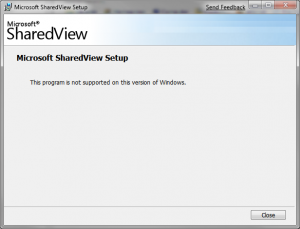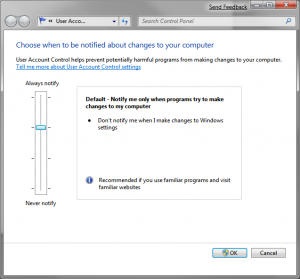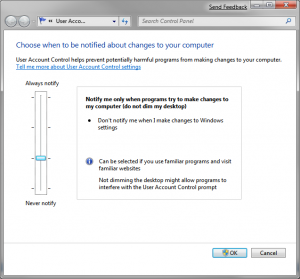I recently upgraded my main Windows Vista desktop to Windows 7 RTM. I chose to upgrade instead of doing a clean install because I had a lot of programs installed that I did not want to reinstall (too time consuming). The whole upgrade process wasn’t too bad, I had to uninstall a few programs and reinstall them after the upgrade. In addition to the uninstall/install, I encountered a few odd problems after the upgrade.
One of these problems was that my DVD drive disappeared. It wasn’t just the DVD drive, Daemon Tools’ virtual drive also wasn’t showing up. Looking at the devices in device manager I saw the following error.
Windows cannot verify the digital signature for the drivers required for this device. A recent hardware or software change might have installed a file that is signed incorrectly or damaged, or that might be malicious software from an unknown source. (Code 52)
After searching online I found out that this had to do with some drivers that iTunes, Zune (!) and a few other programs had installed. Most of these programs are compatible with Windows 7, but the upgrade process didn’t deal with this case very well.
Anyways, if you search online you will find several solutions that require you to play around with the registry or have you install some random driver. Some even suggest disabling driver signing check. I didn’t prefer doing any of these.
After a little more search I ended up on this Microsoft Help and Support article. It described the exact problem that I was having and it had an automated fix. When I downloaded and ran the fix, it complained that it doesn’t work with my version of Windows. Knowing that the fix was compatible with Windows Vista, the workaround was simple:
- Right click on the MSI that you downloaded.
- Go to the Compatibility tab.
- Check “Run this program in compatibility mode for:”
- Verify that the drop down says “Previous version of Windows”
- Click OK to complete.
Now you should be able run the fix. Restart after the fix has installed and your drives should be back. Have fun!



